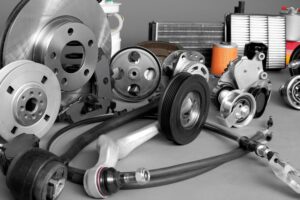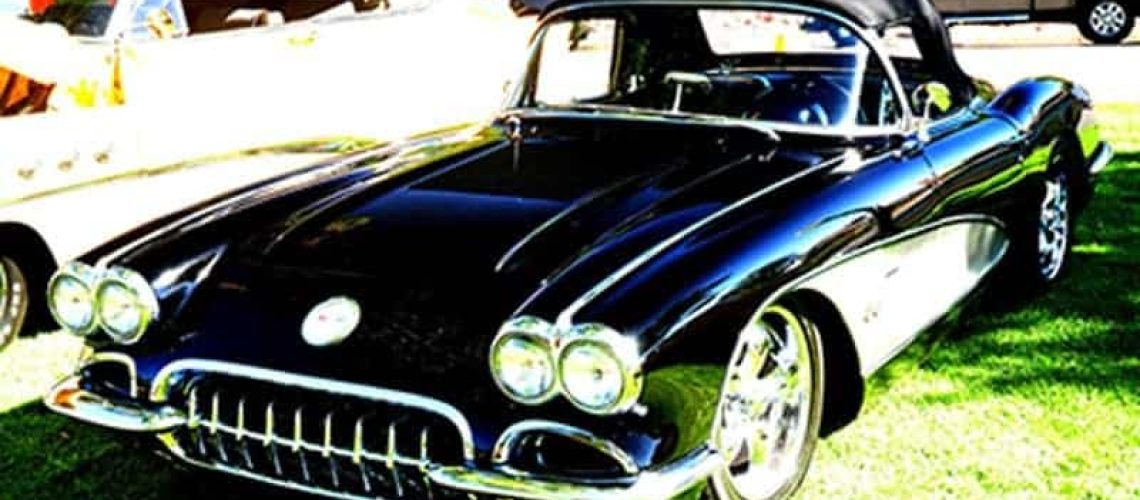
As soon as you have decided to take the jump and restore a classic car, you’ll need to start planning. Depending on the state of your vehicle, you could need little to many classic car parts to get your vehicle up and running just how you want it. First things first, you’ll need to do a general assessment of your car. Check to see if there are any missing parts or components. Look at the body to see if any rust has occurred and how bad the rust damage is if any. The interior is another part you’ll need to consider. Are the seats present? What about the carpet, dash, and steering column? All of this will need to be looked at, and then a plan can be made for what parts are needed, the time going to be spent and what your budget is. Work with your trusted classic car parts store to get all the classic car parts you will need.
Level of Restoration
There are four levels of restoration when it comes to classic cars. You’ll have to determine the level you wish to obtain. Your budget and time allowance will be a main considering factor when it comes to this step.
- Driving Condition – This base level is when you just want your car to be able to get you from Point A to Point B. Some minor cosmetic adjustments may need to be made, but for this level of restoration, the only person you’re trying to impress is yourself.
- Street Show Condition – This level you not only want your car to be able to drive, but you want it to look good as well. You’ll need higher quality classic car parts to obtain this. Details are important, especially on the outside. There is a 100-point system used to rate a classic car’s condition For a street show condition classic car, it should fall between 80-89 points.
- Show Car Condition – This level would rank between 90-95 points. This level of restoration really requires a lot of work and attention to detail. Professionals will be looking over your car and assessing every last detail of your classic car parts.
- Concours Condition – This is the highest level of restoration and would rate over 95 points. This level is only for auto shows, private collectors, and the cars are never driven. They are just to be held as a classic car treasure to hang on to that piece of history. To obtain this level of restoration you’ll need professional tools and extreme knowledge.
Most commonly people will choose to restore to driving condition or street show condition. These levels get you a working car for you to drive and show off. If you aren’t a mechanic yourself, it is recommended to have a professional check out your finished work to ensure it is all in working order and is safe to drive.
Things to Remember

Most classic cars have been sitting for a long time without being ran. If that’s the case you are most likely going to run into rust damage and worn or missing wires and parts. Surface rust can be worked on by sanding down and restoring the body with body putty and fresh paint. If rust has eaten its way through, a whole new section of body or frame will need to be cut out and replaced. Wires are commonly old and worn. If the car was not stored properly, rodents could have had a feast on the wires as well. It is very important to ensure you have up to date and working wires. Electrical fires can happen if the wires are not properly updated and replaced. Wiring harnesses are a great option for classic car parts. They are easy to install and have everything you need for installation.
Another important thing to check is the gas tank. There is a potential that there is still gas in the tank and it has been sitting for a very long time. If that’s the case, the best thing you can do for yourself is to get a brand new gas tank and new fuel system. Old fuel can really gunk up your system making larger problems down the road. The best thing you can do for yourself is to find trusted a classic car parts source. Somewhere that has a vast inventory of classic car parts and the team to back it up with their expertise and guidance. This will make your restoration journey a lot easier.






